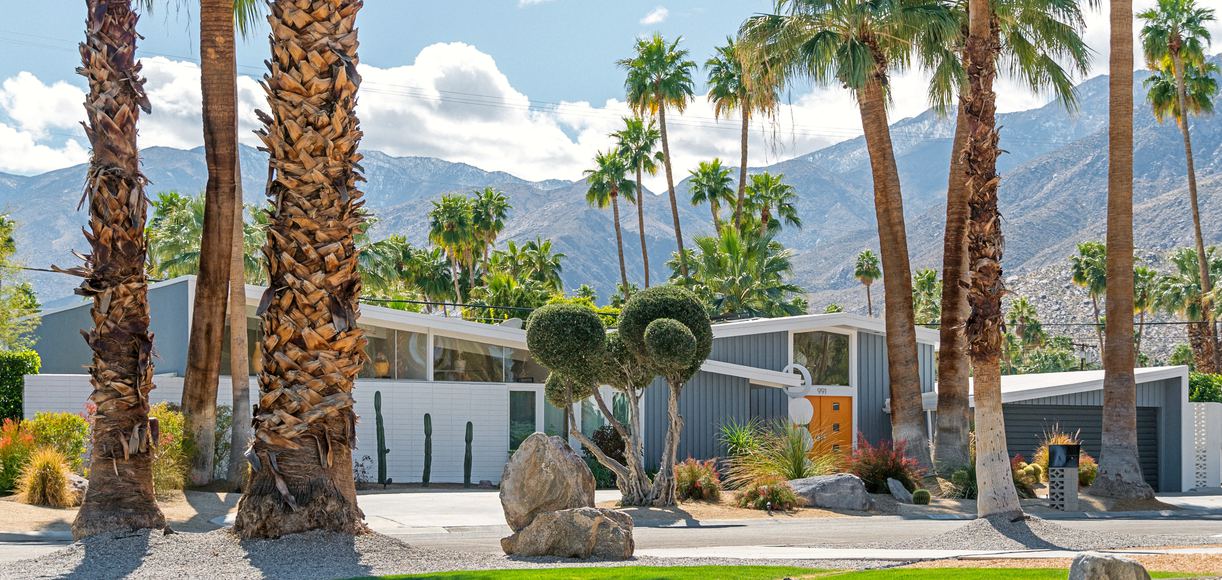There is one common mistake people make when they think about the architecture of Barcelona. It is a popular misconception that the only memorable Palm Springs architects was that of the city’s iconic figure, Antoni Gaudi; and even that is often dismissively passed over as somehow being simply ‘quirky’.
Barcelona is notable in that it contains remarkable architecture from, predominantly, three major periods – Catalan Gothic, Modernism and, last but most definitely not least, Contemporary.
Although there are some Roman remains in the city, most of the ‘classical’ architecture is from the 14th and 15th Century, in the area of the city known as the Barri Gòtic. There is a simply stunning Gothic cathedral, mainly built from the end of the 13th century although its north-western facade wasn’t completed until the late nineteenth. The cathedral can be found in the centre of a veritable labyrinth of narrow, twisting streets with palaces, courtyards and very grand houses.
Of course, it is the modernism of Gaudi and his contemporaries which has dominated people’s ideas of Barcelona’s architecture – mainly because of the city’s best-known building, La Sagrada Familia and the breathtaking Parc Güell. Gaudi worked on his still incomplete masterpiece church from 1884 until his death in 1926. All of the hallmarks of his architecture can be seen here – curved building stones, organic-like shapes, extravagantly coloured mosaic tiles and that unique sense of audacity Gaudi possessed.
There are many inspirational Gaudi designed buildings in Barcelona – La Pedrera and Casa Batlló amongst them – along with some unmistakable street lamps on Plaça Reial – but try not to miss the contributions of his fellow followers of the modernist tradition. In the Manzana de la Discordia, for example, in the L’Eixample region of the city, there are buildings by Lluis Domenech and Josep Puig as well as Gaudi himself. These Modernistas, although closely linked with art movements such as art nouveau, were hugely influenced by the other architectural styles around them in Barcelona, as well as by the natural shapes of the area. They also loved to experiment with unusual combinations of building materials. Look at the buildings closely and you’ll appreciate that any ‘quirky’ or ‘gaudy’ labels attached to them are dreadfully over-simplistic.
It is perhaps of no surprise, then, that much contemporary architecture in the city is equally as adventurous. Sir Norman Foster, the British designer and architect who gained the prestigious Prince of Asturias award for the Arts in 2009, has been at the forefront of modern design in the city. His telecom Tower at Collserola looks out over the city and his imaginative, Gaudi-inspired development of the Barcelona Football Stadium is sure to astonish the world when it is completed in 2013. The Torre Agbar skyscraper of Jean Nouvel, opened in 2005, is just one of a number of other daring and provocative buildings that abound.

